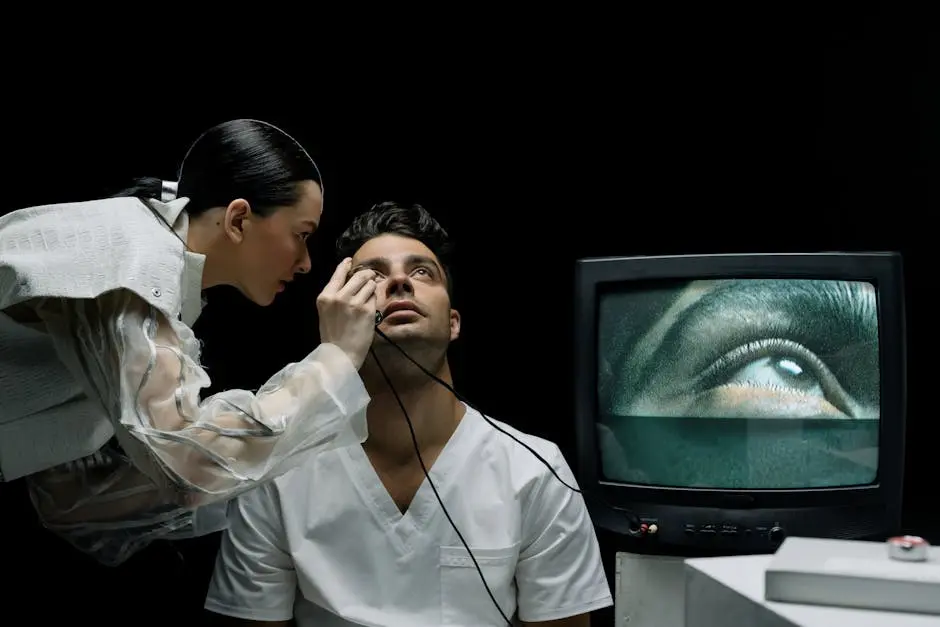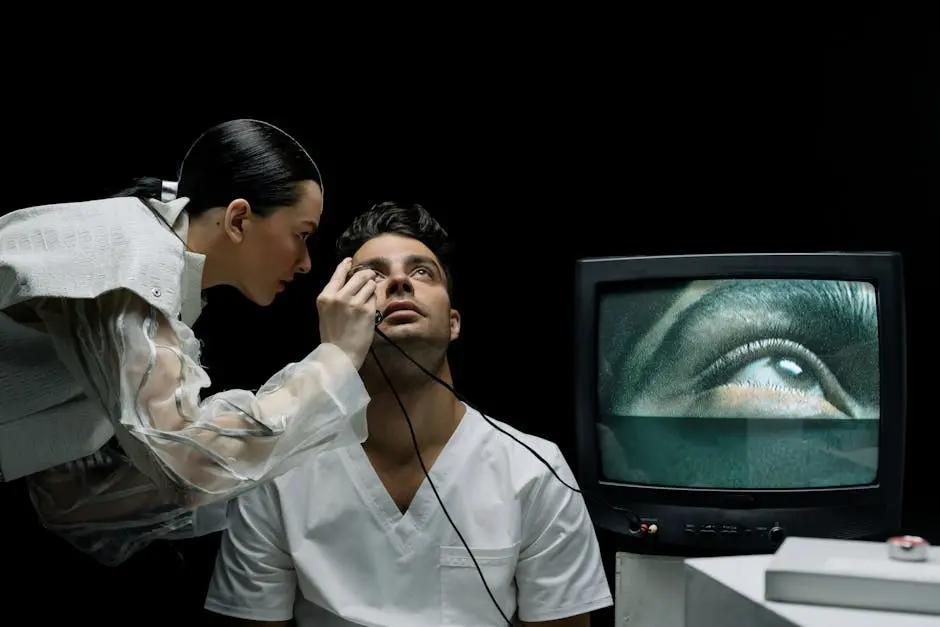
Diabetic retinopathy is a common complication of diabetes that affects the eyes. As more people around the world are diagnosed with diabetes, it becomes increasingly important to understand the advanced treatments available for this condition. In this blog, we’ll explore the innovative approaches currently being used to manage and treat diabetic retinopathy.
Understanding Diabetic Retinopathy
Before delving into treatments, it’s crucial to understand what diabetic retinopathy is and how it affects the eyes. Caused by damage to the blood vessels in the retina, this condition can lead to vision loss if not managed properly. The blood vessels in the retina can swell and leak, or they can close off completely, leading to severe complications. In some cases, new abnormal blood vessels grow on the surface of the retina which can bleed, resulting in what is commonly known as proliferative diabetic retinopathy (PDR). This is a more advanced form and can be particularly harmful if left untreated because it can steal your vision by affecting both central and peripheral (side) vision American Academy of Ophthalmology.
Diabetic retinopathy is a silent disease, often showing no symptoms until significant damage has occurred. Approximately 40% of patients diagnosed with diabetes develop some form of eye disease over their lifetime. This statistic underscores the importance of regular eye examinations as part of diabetic care. The early stages of diabetic eye disease, known as non-proliferative diabetic retinopathy (NPDR), often go unnoticed due to the lack of symptoms, making regular eye exams vital for early detection.
Regular monitoring is especially crucial as the stages of diabetic retinopathy can progress from mild to moderate and eventually to severe without noticeable changes in vision. During the early stages, called NPDR, the blood vessels in the retina begin to swell and leak. Macular edema, a condition characterized by swelling in the macula, is the most common reason for vision loss among diabetics. As the disease progresses to PDR, there is potential for more serious complications, such as bleeding in the vitreous or retinal detachment. For any diabetic patient, understanding these stages can play a key role in proactive ocular health management.
Current Standard Treatments
For those diagnosed with diabetic retinopathy, various standard treatments aim to minimize vision loss and manage symptoms effectively. Laser surgery, otherwise known as photocoagulation, is often used to seal or shrink leaking blood vessels. This procedure is particularly effective in treating macular edema and can be performed in a doctor’s office, usually requiring no overnight stay.
Another common treatment is vitrectomy, a surgical procedure to remove the vitreous gel that is clouded with blood from leaking vessels. This can further help clear the path for light to focus on the retina. During the procedure, a skilled ophthalmologist can also remove scar tissue that may be pulling on the retina to prevent detachment. Each surgical option carries its own risks and benefits, which need thorough discussion between patient and provider to tailor the treatment to individual needs and circumstances.
Intraocular injections have gained prominence as an effective treatment in managing diabetic retinopathy. They aim to reduce retinal swelling and prevent further leakage of blood vessels. These injections, administered directly into the eye, can include steroid medications or anti-VEGF drugs. The latter, in particular, have shown efficacy in preserving and even enhancing vision by targeting proteins that trigger abnormal blood vessel growth.
The Role of Anti-VEGF Therapy
Anti-VEGF therapy represents a breakthrough in the treatment of diabetic retinopathy, offering improved management of the condition. VEGF stands for vascular endothelial growth factor, a protein that plays a significant role in the formation of abnormal blood vessels. By inhibiting VEGF, medications like Avastin, Eylea, and Lucentis effectively reduce macular swelling and can potentially improve vision for some patients American Academy of Ophthalmology.
These medications are delivered via injections directly into the eye at regular intervals. While the thought of eye injections may be daunting, they are typically well-tolerated by patients and performed in a controlled, sterile environment by an ophthalmologist. The frequency of injections may vary depending on the severity of the condition and the individual response to the treatment. Moreover, anti-VEGF therapy can slow the overall progression of diabetic retinopathy, reducing the risk of significant vision impairment.
Emerging Therapies in Clinical Trials
As medical science advances, new treatments for diabetic retinopathy are continuously being developed and tested. Gene therapy is one such promising avenue, aiming to directly alter the genes responsible for abnormal blood vessel growth. Another innovative approach under investigation is the use of stem cells to regenerate damaged retinal tissues, potentially reversing the effects of diabetic retinopathy.
Research into these therapies is still in the early stages, and they are not yet widely available. Clinical trials, however, offer a glimpse into their potential and highlight the importance of ongoing research in finding more effective and lasting solutions for those affected by diabetic retinopathy. Patients interested in participating in such trials should consider discussing the possibilities with their healthcare providers to explore eligibility and potential benefits.
While traditional treatments remain integral, the horizon of diabetic retinopathy care is expanding with these emerging therapies offering hope for a future where loss of vision might be more effectively controlled or even reversed. As the medical community continues to innovate, patients and advocates alike eagerly anticipate these promising advancements reaching mainstream practice.
Empowered Decisions for Eye Health
Understanding the advanced treatments available for diabetic retinopathy can alleviate much of the fear and uncertainty that come with this diagnosis. By staying informed and working closely with healthcare providers, patients can make empowered decisions to protect their vision and maintain their quality of life. To learn more about how you can protect your eyes, visit our homepage.

